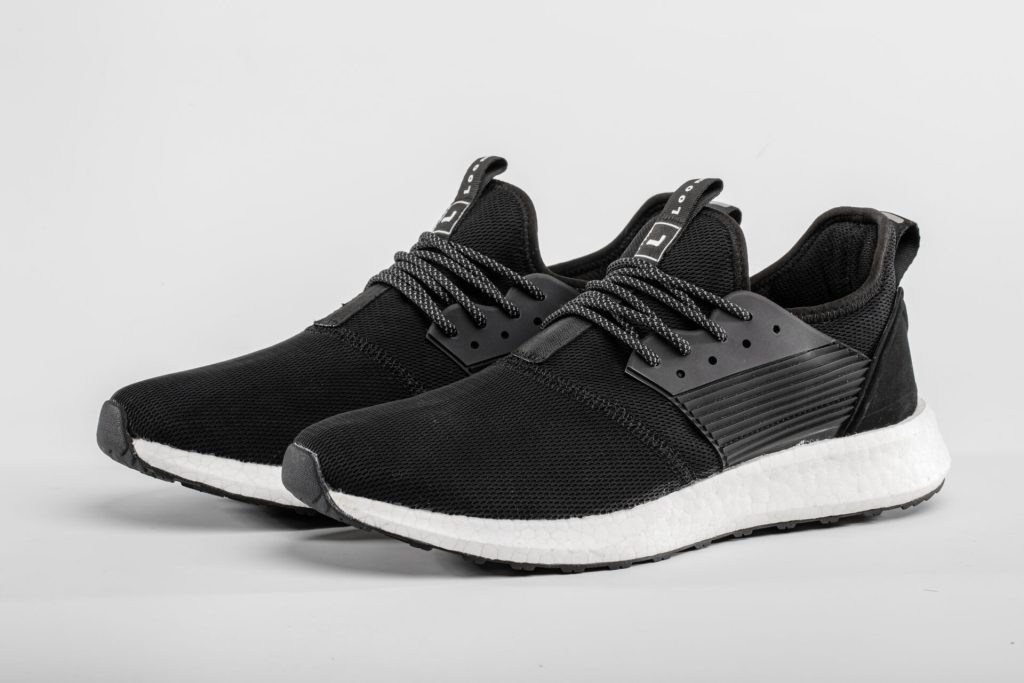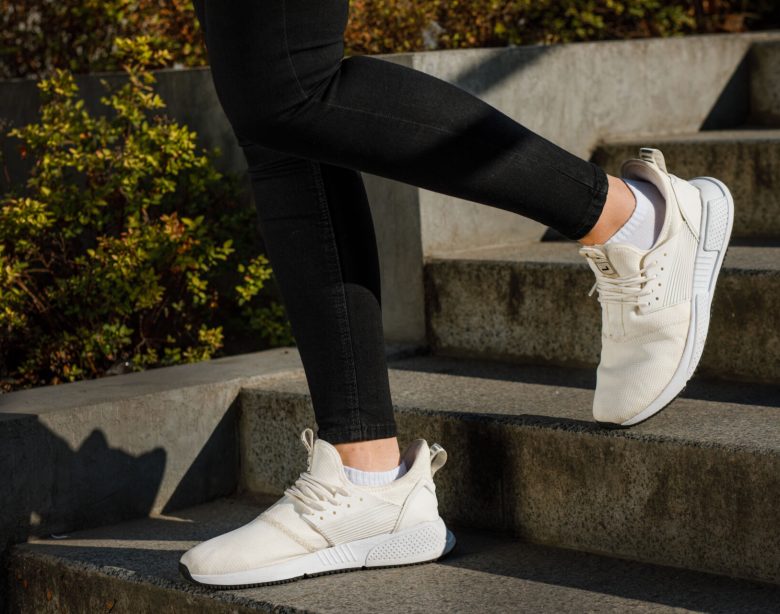You shouldn’t wear just any shoes on your daily walks. Besides choosing the right size, you also need a comfortable model made from excellent materials. One of your best options is Loom Footwear. These sneakers can make your strolls and jogs much more enjoyable. Here’s how:
Optimal Breathability and Lightweight Design
Loomsneakers are made of high-quality materials that efficiently absorb and release moisture. This feature provides much-needed breathability to keep your feet dry during extended walks. The model is also lighter than most standard shoes, minimizing fatigue.
Foot odour can be a massive issue for runners. It’s embarrassing and creates unwelcome odours in your backpack. Fortunately, Loomshoes solve this issue with Merino wool.

The material boasts powerful antimicrobial properties to kill bacteria and mould. By dealing with the two most common causes of unpleasant smells, Merino wool keeps your feet fresh.
Furthermore, the material is ideal for joggers and hikers worried about athlete’s foot. It eliminates fungus to drastically lower the risk of this condition developing.
Temperature Regulation

Merino wool has many more admirable qualities, one of which is effective thermal regulation. In the summer, the fibres transfer moisture and heat away from your feet, keeping them dry and cool. In the winter, it retains heat to help avoid decreased circulation.
Casual Shoes With High Flexibility and Function
Loomsneakers are perfectly adapted to both city activities and outdoor adventures, offering a stylish design and an engineered build to get you through the day.

For instance, they work great as dress sneakers when you’re visiting friends or going to the store. You can also make the most of their high-performance materials when jogging in your neighbourhood or strolling up steep hills.
Regardless of the activity, the sneakers can be cleaned within seconds. The outer layer repels stains, preventing them from compromising the appearance of the sneakers. To remove dirt or mud, you can use a shoe brush or wet wipes. Rinsing and spot cleaning Loom is also a great alternative.
All About Maximizing Comfort
Podiatrists were a part of the team that designed Loom footwear. They paid special attention to the Excelcast sole, ensuring it maximizes energy return and absorbs shock. As a result, they delivered comfortable shoes for running that shield your knees and ankles from uneven terrain.
You also receive extra cushioning due to the Merino wool. The reactive, shock-absorbing properties help prevent injuries to your knees, shins, and ankles.

Another great thing about the sole is its slip resistance. It’s made of rubber and provides uniform traction on both wet and dry surfaces. Consequently, the risk of falls and injuries is significantly reduced.
Don’t Let Uncomfortable Shoes Sidetrack You
Loom walking shoes are a must-have for various physical activities. Whether you’re taking a casual walk or hiking adventure off the beaten track, their advanced features won’t let you down.

They offer all-important cushioning to minimize the strain on your legs and extend your running sessions. You also get robust heat regulation, moisture-wicking, and flexibility, making for a terrific product.
If you’re looking for comfortable and versatile footwear for your next outdoor adventures, then Loom Footwear is the perfect footwear for you!




